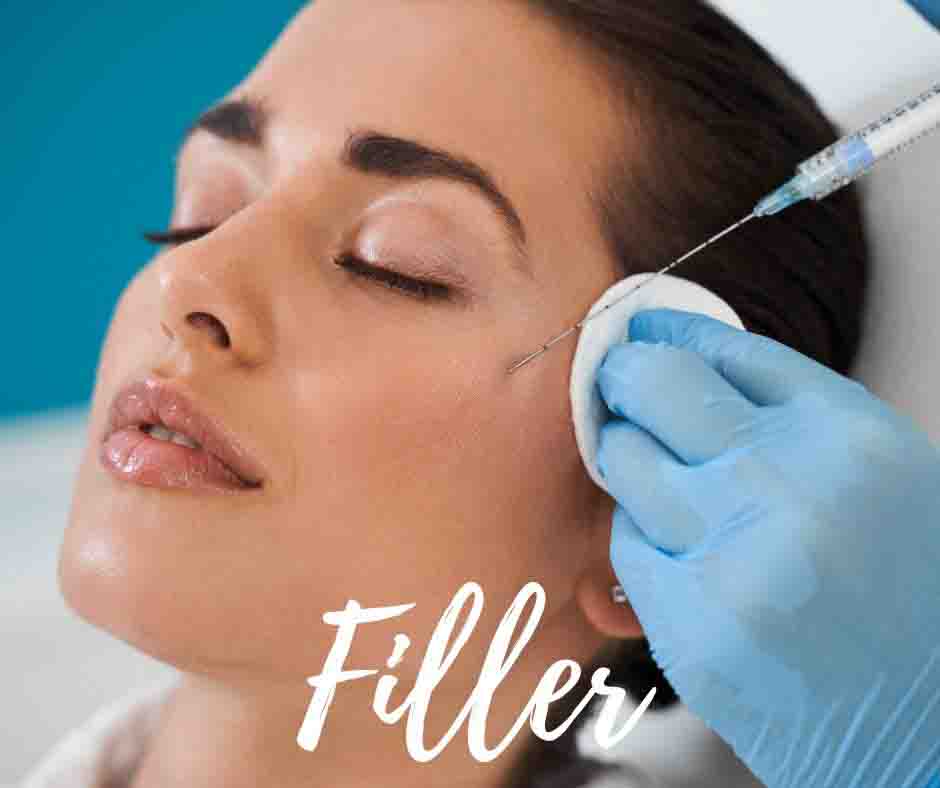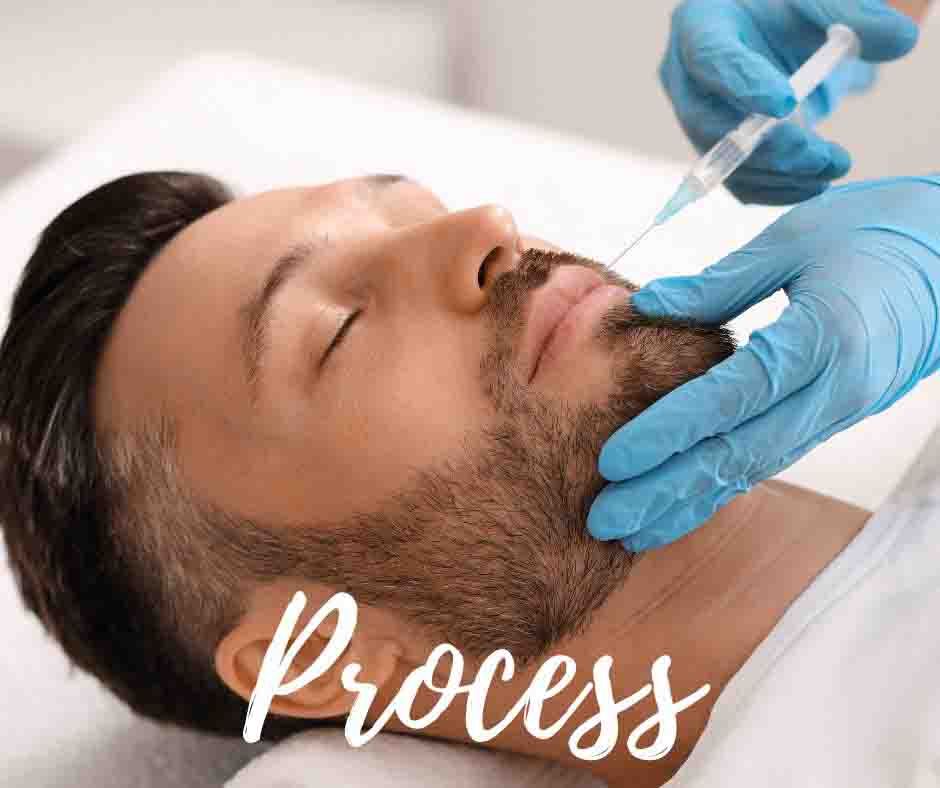Hyaluronic Acid Fillers
Give your face a boost!
Soft tissue fillers, such as stabilized hyaluronic acid, are used to smooth moderate to severe facial wrinkles. The folds around the nose, mouth, and forehead respond well to this treatment to improve the appearance of the face. Hyaluronic acid is used for the cosmetic treatment of facial wrinkles, particularly depressions or sagging soft tissue.
The Essentials: Hyaluronic Acid Fillers
During your consultation about hyaluronic acid injections, we will discuss your choice of soft tissue fillers, techniques of injection, and the possible complications.
Facial Fillers

Injectable Filler Considerations

Financement & Convalescence

FAQ – Restylane Fillers
Hyaluronic acid fillers like Restylane can be combined with Botox/Dysport injections in order to reduce wrinkles in the forehead, glabella, and around the eyes. Generally one round of injections is done in 10-15 minutes per syringe. This also depends on which areas are injected. You may resume your regular daily activites with minor restrictions immediately after treatment. However, you should be prepared for some swelling in the injection area as well as bruising or redness.
It is natural to have many questions about this non-surgical procedure for the diminishment of visible signs of aging. With his expertise, Dr. Chen Lee is determined to help you understand the risks related to the procedure to help you make an informed decision.

